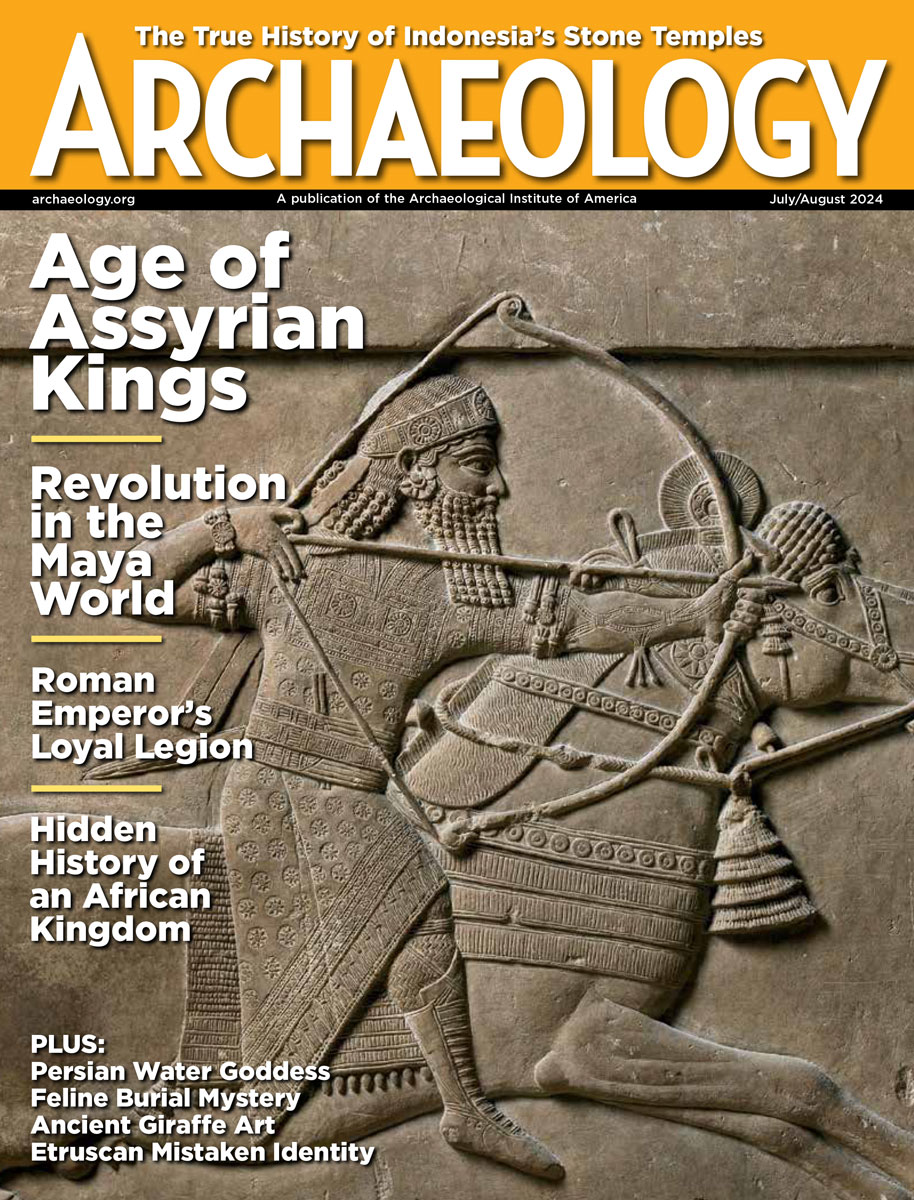Thursday, December 18
December 18, 2008
Two jaw bones holding teeth decorated with iron pyrite and jade were sent anonymously to the Honduran Embassy in the Netherlands, according to this report in the Latin American Herald Tribune. Dario Euraque of the Honduran Anthropology and History Institute says that the jaws came from two members of the Maya elite who lived in Copan.
Italian police have recovered antiquities in several investigations, including pre-Roman artifacts dug up by a farmer who then tried to sell them. Â
Scientists are learning about the population of the Greek colony of Himera from the skeletons found in mass graves at the site. Lead archaeologist Stefano Vassallo thinks that the thousands of young men were killed by the Carthaginians in 480 B.C., in a battle described by Herodotus of Halicarnassus. “It’s probably the largest Greek necropolis in Sicily,” he added. Â
The foundation of Lumpkin’s Slave Jail has been exposed in Richmond, Virginia, after four months of excavation and five years of planning. Enslaved people were held in the jail from 1840 until the end of the Civil War, before they were sold at the country’s largest domestic slave market.  The Los Angeles Times offers more background information on the history of Lumpkin’s Slave Jail. Â
“We can now say that Tutankhamun was the child of Akhenaten,” Egyptian antiquities chief Zahi Hawass said. He found a missing piece of a broken limestone block in a storeroom that is inscribed with Tut’s family history. Â
A rare prehistoric cremation was uncovered at an American Indian burial site on Ossabaw Island, Georgia. Erosion had exposed the burial earlier this year. Â
Development near the Brooklyn Bridge has unearthed a nineteenth-century flour mill. Â
A Florida man was arrested and charged with artifact excavation on state lands, a felony. He was found using a shovel and a sifting screen by a police officer. Â
The Vasa, a seventeenth-century Swedish warship raised from Stockholm’s harbor in 1959, is breaking down. “It is urgent and important to contribute to research that can enable us to preserve the ship for posterity,” said Rolf Annerberg, director general of the Swedish Research Council for Environment, Agricultural Sciences, and Spatial Planning. Â
Descriptions of the Wari city discovered in Peru continue to trickle out to the press. Â
One-time archaeology student Kelsey Timmerman writes about his experiences with disposable underwear.
- Comments Off on Thursday, December 18









